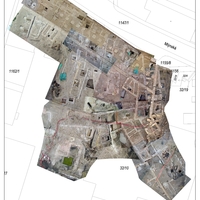
Hynek Zbranek
https://is.muni.cz/auth/osoba/501428?lang=en;setlang=en#publikace
Phone: +420777239140
Address: Archaia Brno z.ú., Bezručova 15, Brno 60200
Phone: +420777239140
Address: Archaia Brno z.ú., Bezručova 15, Brno 60200
less
Related Authors
Carlotta Coccoli
Brescia University
Mary Beaudry
Boston University
James Morris
University of Central Lancashire
Enrico Cirelli
Università di Bologna
Yannis Hamilakis
Brown University
Gilles PALSKY
Université Paris 1 - Panthéon-Sorbonne
Vajk Szeverényi
Déri Múzeum, Debrecen
Ines Moreira
Goldsmiths, University of London
Carlos Tejerizo
University of Salamanca
Linda Gosner
Texas Tech University
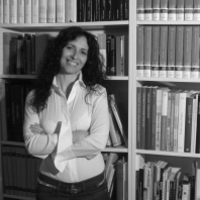
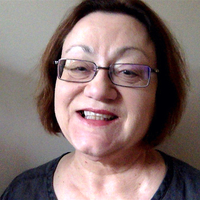
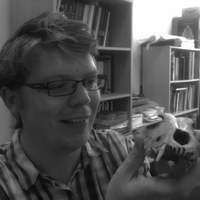

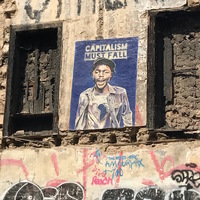

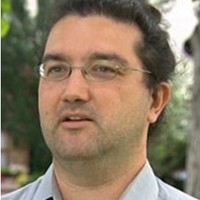


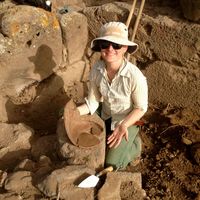
Uploads
Papers by Hynek Zbranek
In recent years, rescue archaeological excavations in Brno have also been carried out at sites associated with the industrialization of the city, also focusing on production facilities and equipment. The current state of archaeological knowledge of Brno’s woollen dyeing works is illustrated by three recently uncovered operations: the dyeing works of Leopold Schulze and Wenzel Schwab on Křenová Street, Springer’s dyeing works on Dornych Street and the dyeing works of the Moritz E. Schwarz company on the site of the former Vlněna. From the point of view of archaeological research, the dyeing works represent a well-interpretable type of textile operation. The necessary heating of the dye baths led to the construction of heating systems, which are reflected in the layout of the buildings. Thus, archaeologically, two different methods of direct heating - with a heating chamber built into the dye house area and with a heating corridor adjacent to the dye house – from which the heating areas of the individual dyeing boilers were served, have been documented in the examples given. The first type with a heating chamber has been archaeologically documented repeatedly over a wide time span and finds a parallel in the preserved torso of the dyeworks equipment in Úštěk, North Bohemia. On the other hand, the operation with a heating corridor has been archaeologically recorded only once. The potential of this find also lies in its preservation in situ and in its possible monument protection.
towards the end of the 18th century. The presented paper presents the history of the site and the workshop itself, further concentrating
on the technological aspects and the process of textile dyeing, to summarize the results of the conducted archaeological rescue excavation.
on Mlýnská street. Three dyeing operations from the M. E. Schwarz factory built subsequent to 1872 were found. The dyehouses disappeared prior to 1892.
of the steam duct. Two dyeing workshops of the factory were uncovered, with two stages of evolution. The dyeing workshop operated
in the course of the 19th century. This contribution also looks to the future, since most of the dyeing workshop was preserved in-situ. Our
contribution discusses the options of salvage and presentation of this historical monument.
The paper is dealing with an extensive archaeological rescue excavation in a national cultural monument and an UNESCO World Heritage site – the riding hall at Lednice. The methods of non‑destructive archaeology using a ground‑penetrating radar are explained on a particular example. The article also presents how the rescue excavation was held and evaluated and which results it has brought.
This paper aims to evaluate the use of non-destructive methods, namely Ground penetrating radar (GPR), used upon the systematic archaeological research in Upper stronghold in Kestřany (distr. Písek). Archaeological excavations in Kestřany was caused by ground works accompanying the gradual reconstruction. In parallel with the ongoing reconstraction we focused on architectualhistorical survey. Since excavations are restricted only to areas threatened by ground works, in 2012 we decided to examine other important areas by GPR. Our main goal was to broaden our knowledge about the stronghold developoment. The following paper presents the conclusion we reached by combining the results of archaeological excavations and the ground penetrating radar method."
In recent years, rescue archaeological excavations in Brno have also been carried out at sites associated with the industrialization of the city, also focusing on production facilities and equipment. The current state of archaeological knowledge of Brno’s woollen dyeing works is illustrated by three recently uncovered operations: the dyeing works of Leopold Schulze and Wenzel Schwab on Křenová Street, Springer’s dyeing works on Dornych Street and the dyeing works of the Moritz E. Schwarz company on the site of the former Vlněna. From the point of view of archaeological research, the dyeing works represent a well-interpretable type of textile operation. The necessary heating of the dye baths led to the construction of heating systems, which are reflected in the layout of the buildings. Thus, archaeologically, two different methods of direct heating - with a heating chamber built into the dye house area and with a heating corridor adjacent to the dye house – from which the heating areas of the individual dyeing boilers were served, have been documented in the examples given. The first type with a heating chamber has been archaeologically documented repeatedly over a wide time span and finds a parallel in the preserved torso of the dyeworks equipment in Úštěk, North Bohemia. On the other hand, the operation with a heating corridor has been archaeologically recorded only once. The potential of this find also lies in its preservation in situ and in its possible monument protection.
towards the end of the 18th century. The presented paper presents the history of the site and the workshop itself, further concentrating
on the technological aspects and the process of textile dyeing, to summarize the results of the conducted archaeological rescue excavation.
on Mlýnská street. Three dyeing operations from the M. E. Schwarz factory built subsequent to 1872 were found. The dyehouses disappeared prior to 1892.
of the steam duct. Two dyeing workshops of the factory were uncovered, with two stages of evolution. The dyeing workshop operated
in the course of the 19th century. This contribution also looks to the future, since most of the dyeing workshop was preserved in-situ. Our
contribution discusses the options of salvage and presentation of this historical monument.
The paper is dealing with an extensive archaeological rescue excavation in a national cultural monument and an UNESCO World Heritage site – the riding hall at Lednice. The methods of non‑destructive archaeology using a ground‑penetrating radar are explained on a particular example. The article also presents how the rescue excavation was held and evaluated and which results it has brought.
This paper aims to evaluate the use of non-destructive methods, namely Ground penetrating radar (GPR), used upon the systematic archaeological research in Upper stronghold in Kestřany (distr. Písek). Archaeological excavations in Kestřany was caused by ground works accompanying the gradual reconstruction. In parallel with the ongoing reconstraction we focused on architectualhistorical survey. Since excavations are restricted only to areas threatened by ground works, in 2012 we decided to examine other important areas by GPR. Our main goal was to broaden our knowledge about the stronghold developoment. The following paper presents the conclusion we reached by combining the results of archaeological excavations and the ground penetrating radar method."